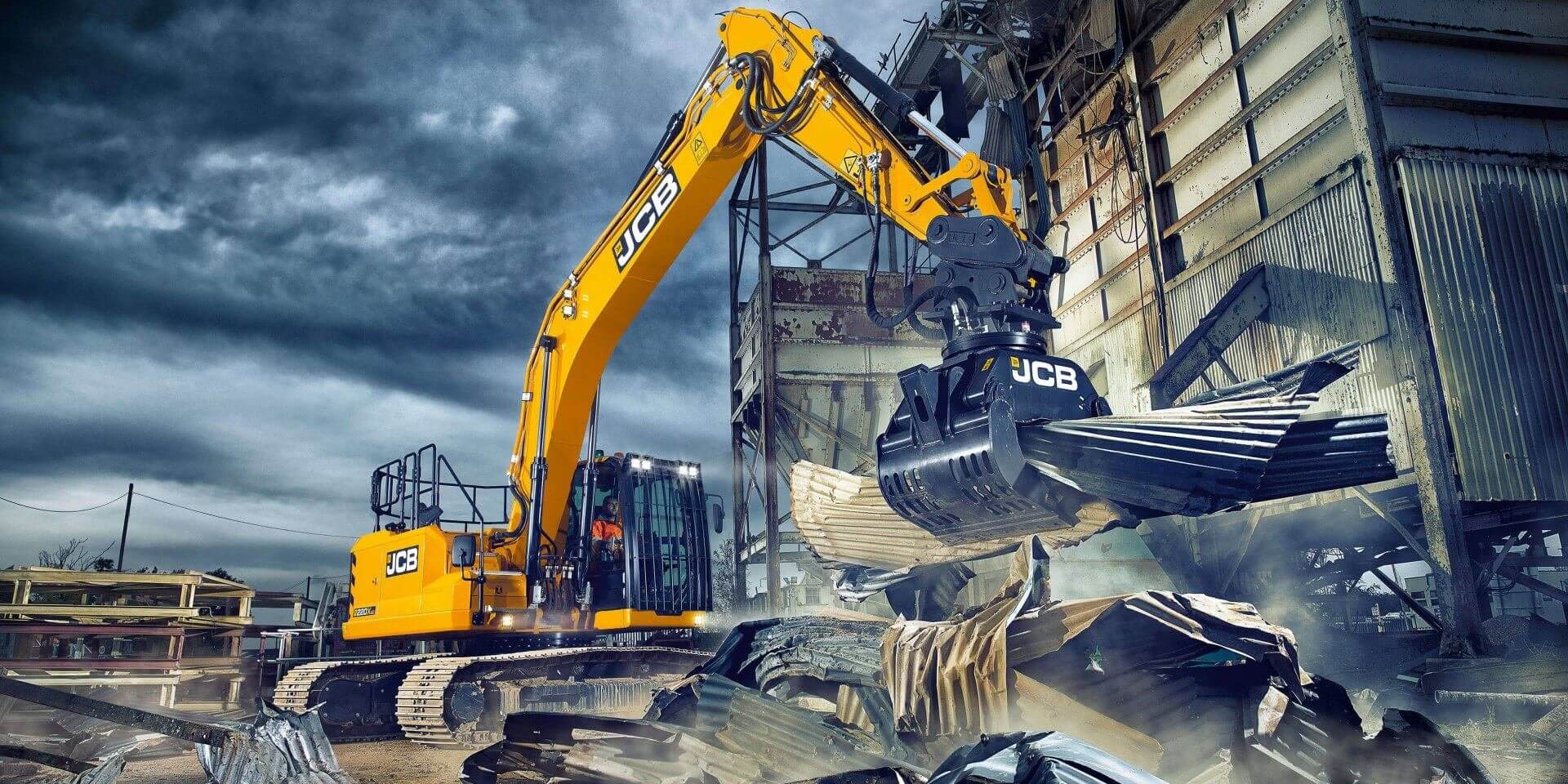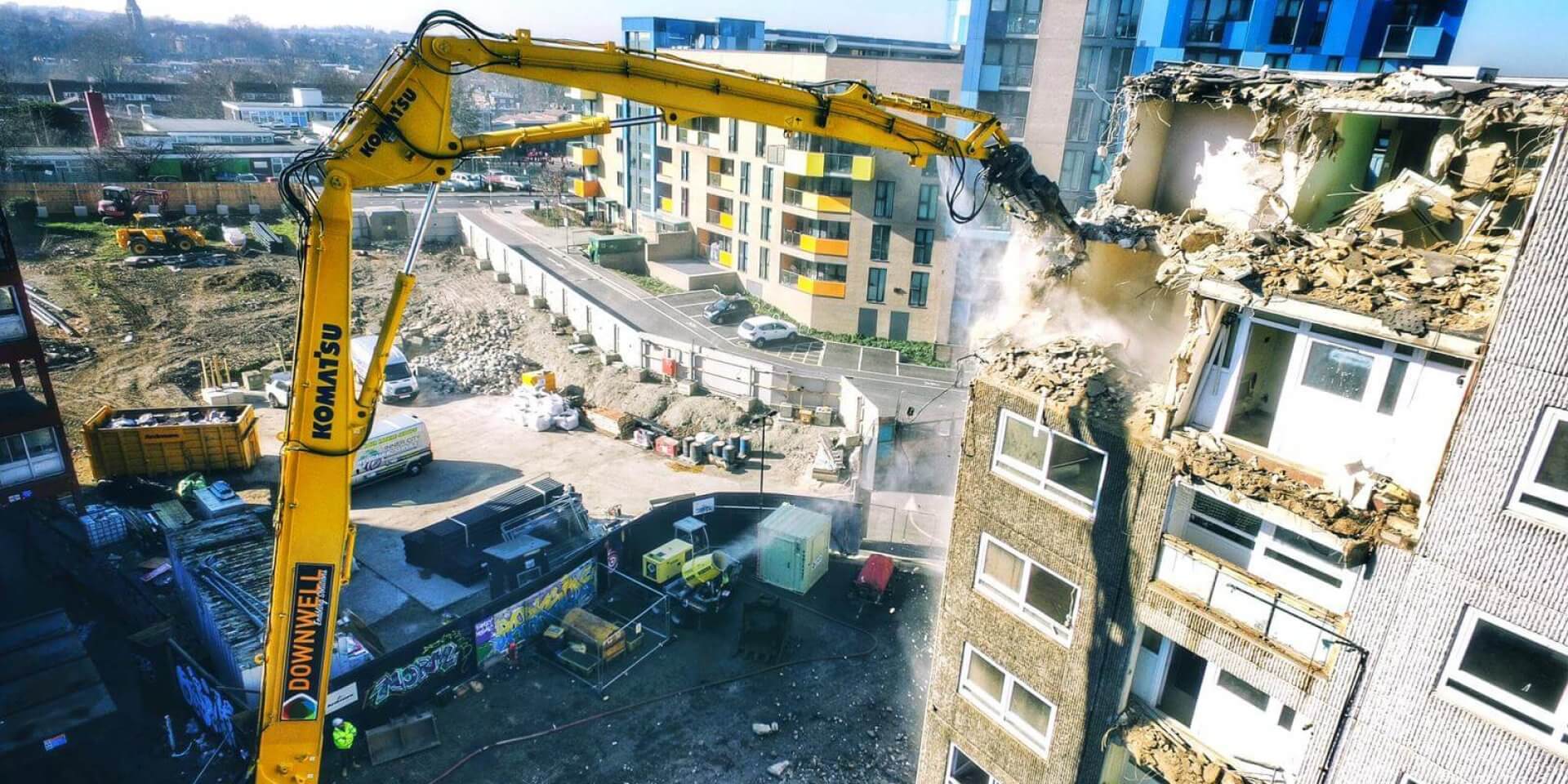With the dust now settled on the post-quake clean-up, the legal wrangles begin.
 It seems like just a few months since the city of Christchurch found itself transformed into a demolition Klondike as contractors from across the globe fought for the right to participate in the clean-up following the 2010 earthquake and the numerous subsequent aftershocks.
It seems like just a few months since the city of Christchurch found itself transformed into a demolition Klondike as contractors from across the globe fought for the right to participate in the clean-up following the 2010 earthquake and the numerous subsequent aftershocks.
At the time, public opinion on the demolition process swung like a pendulum from too slow to too fast. There were accusations of companies riding roughshod over local legislation and public feeling in a hasty attempt to return the city to some sense of normality. There were also reports of thefts from some sites. But, all in all, the demolition industry appeared to have emerged with some credit from a period of intense activity amidst widespread confusion and international scrutiny.
However, with the majority of the destabilised structures now down, the recriminations have begun.
There are allegations of fraud, possibly to the tune of $1.2 billion, reports of the illegal dumping of demolition waste, and the distinct feeling that there is more (and possibly worse) to come.
Of course, neither fraud nor the illegal dumping of waste can be condoned. But, if the contractors involved are to be given a fair hearing, then context will be a vital consideration.
In the immediate aftermath of a natural disaster of this magnitude, chaos typically ensues. It takes a while for lines of communication to be established and for processes to be set in place. There are numerous interested parties – property owners, insurance companies, regulators and local and national authorities – pulling in opposing directions to protect their own interests. And then into the mix arrives a number of overseas contractors that are not even familiar with local rules and regulations as they typically apply, let alone in a disaster zone.
To make matters even more confused, disaster recovery works are generally carried out against the clock with local residents eager to get back into their homes and places of work as quickly as is humanly possible.
Of course, this chaotic background does not forgive illegal activity of any kind. But it does underline the need for an internationally-agreed and universally-available template to be followed in the immediate aftermath of an earthquake, tsunami or any other kind of major disaster.
In the months and years after the 9/11 terrorist attack, the US’ National Demolition Association (NDA) did a huge amount of work to put in place a disaster recovery procedure among its members. This could be replicated – probably in short order – by national demolition associations around the world.
We can only hope that this – or something similar – is adopted before the next major natural disaster and, moreover, that it doesn’t become entrenched in the “if it wasn’t invented here then we will have to start over” rhetoric that seems to stymie every cross border initiative.







 It seems like just a few months since the city of Christchurch found itself transformed into a demolition Klondike as contractors from across the globe fought for the right to participate in the clean-up following the 2010 earthquake and the numerous subsequent aftershocks.
It seems like just a few months since the city of Christchurch found itself transformed into a demolition Klondike as contractors from across the globe fought for the right to participate in the clean-up following the 2010 earthquake and the numerous subsequent aftershocks. Derby City Council plans to demolish the home of Mick and Mairead Philpott, where six children were killed in a fire started by the couple.
Derby City Council plans to demolish the home of Mick and Mairead Philpott, where six children were killed in a fire started by the couple.